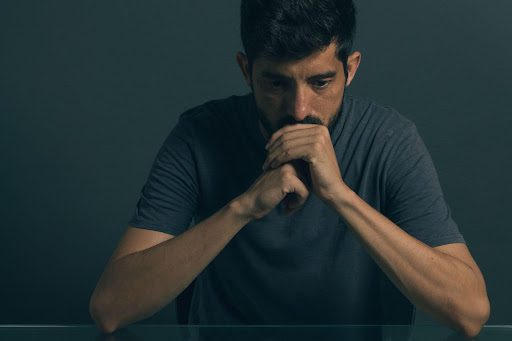Suicide is considered a serious, and many times preventable outcome. In an attempt to clarify this often skirted around topic, the following article aims to provide an agreed upon definition of suicidality, outline several leading causes of suicide, and review key suicide information.

The American Psychiatry Association (APA) defines suicidality, which is also known as suicidal ideation, as thoughts about self-harm, with the deliberate intent of causing one’s own death. Suicide is defined as intentionally causing one’s death.
The key aspect of suicidality is a more concrete focus on wishing to end one’s life. Merely thinking about death and dying at different moments during one’s life is not, however, considered to be suicidality. In fact, having a passing thought on these subjects is actually quite common, and should not be conflated with more serious suicidal contemplation.
To gauge the seriousness of their thought content, individuals who have experienced thoughts on suicide should ask themselves:
According to the American Foundation for Suicide Prevention, suicide is the 12th most common cause of death in the US.
In 2020 alone, over 45,000 Americans took their own lives. 130 Americans are believed to die by suicide each day.
Age wise, suicide rates are relatively high among those aged 25-34, and 75-84, with the highest suicide rate of 20.9% found at ages 85 and above.
Men typically have a higher rate of completed suicide than women. In 2020, 3.9 more men died by suicide than women. Middle-aged white men were found to have the highest suicide rate, accounting for 69.7% of all completed suicides in the US during 2020. 52.53% of US completed suicides during 2020 were carried out using firearms.
Information on acts of completed suicide are more available, compared to attempted suicide, which is often confused with acts of self-harm that were not intended to end one’s life. Nevertheless, certain information does exist: 0.5% of the adult US population, or 1.4 million US adults, are believed to have attempted suicide. Women report attempting suicide 1.5 times more than men (though, as stated above, men die of suicide much more than women). Native Americans report the highest rate of suicide attempts, at 25.5%.

Further distinguishing between the severity of one’s actions and their thoughts, the APA defines suicidal behavior—and not suicidal thinking—as a mental health disorder. A further distinction made by the APA is drawn between suicidal behavior and acts of self-harm that were not meant to lead to one’s death.
To receive this disorder, an individual must have attempted suicide at least once over the past two years.
Additional, definitive aspects of suicidal behavior disorder include the following:
Several other factors should also be considered when attempting to diagnose suicidal behavior disorder. They include the individual’s willingness to be forthcoming with the details of their suicidal ideation. Many of those who have attempted suicide try to hide their intentions, describing their suicide attempt instead as an accident.
Another factor of suicidal behavior disorder is what medication they had been taking or had stopped taking prior to their attempt. Specifically, discontinuing to take a mood stabilizer, such as lithium, or an antipsychotic, such as clozapine, has been shown to cause suicidal ideation.
Suicidal behavior is very rarely found among children under the age of five.
25%-30% of those who have carried out one suicide attempt, will try to do so again.
The presentation of suicidal behavior disorder varies among different cultures. Some of this heterogeneity may be due to method availability, with poisoning through pesticides more easily procured in developing countries, and gunshot wounds more possible in the southwestern US.
Suicidal behavior disorder has been shown to appear in comorbidity with the following mental health disorders:
For those contemplating suicide, and for fearing a loved one may attempt to do so, help is available, now more than ever. A number of treatment options have been shown to offer individuals at risk of attempting suicide with the support they need to avoid doing so, or to help them recover after such an attempt. They include:
Reach out to your primary mental health provider, or contact a licensed professional today, to set up an appointment and begin building together a mental healthcare plan that best addresses your needs.